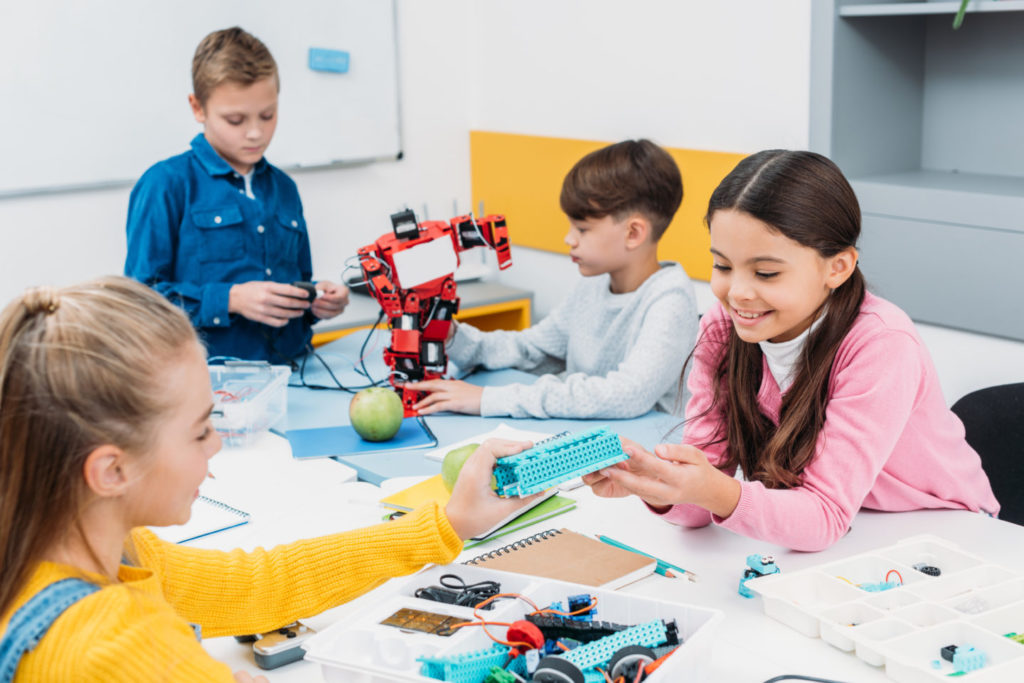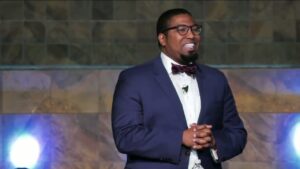Former public school educators turning to homeschooling and microschooling
Parents and educators alike are abandoning traditional public schools in favor of alternative models such as homeschooling and microschooling, finding they better serve students unique…

Parents and educators alike are abandoning traditional public schools in favor of alternative models such as homeschooling and microschooling, finding they better serve students unique needs.
Six months into the COVID-19 pandemic, The Heritage Foundation found that although U.S. parents wanted their students to “receive high-quality, in-person instruction,” those parents felt that local schools “could not provide it.”
But it wasn’t only parents who began looking for change. Many public school educators left their jobs in search of something different.
“I found myself struggling within the traditional learning environment. It was disheartening to have limited control over something I was incredibly passionate about,” Mandy Davis, a former Oregon public school teacher and private school principal, told The Lion of her decision to homeschool. “I was often faced with the challenge of aligning my teaching methods not only with the collaborative classroom setting but also with the stringent state testing requirements.”
Davis said the pandemic “prompted a surge in awareness and exploration of alternative education options,” especially as resources, tools, and community support networks for alternative methods became more popular.
Two former Nevada teachers, Christina and Eric Threeton, found they also had “limited control” in the traditional public school system, leading them to start Nevada School of Inquiry (NVSI), a private middle school for grades 6-8. The Threetons were previously principal and vice principal of a charter school.
“[NVSI] provides students with opportunities to explore content by connecting what they are learning to the real-world, in order to solve real-world problems,” its website reads.
The microschool only enrolls a maximum of 30 students to keep class sizes small.
“We got tired of having to do what we were being told to do [in charter and public schools], because we knew it wasn’t right for kids,” Christina said. “It was sucking the joy out of school, and school should be fun.”
Eric and Christina said managing a charter school had even more red tape than public school because they had to report to both the charter school authority and the state. They took a leap of faith by using their savings to start NVSI, where they currently do not take a salary.
The private middle school they now run is modeled on a one-room schoolhouse.
“We don’t have traditional electives, because it’s just Eric and me,” Christina said. “Our kids get to pick whatever they want to learn. They do that a couple times a week, and that’s one of their favorite parts of learning because it’s truly their own.
“Being in a modern one room schoolhouse, we have to differentiate all day long because we’ve got sixth, seventh and eighth graders, so they’re all learning different things. They’re all on different pathways.”
Flexibility is one of the hallmarks of alternative education models.
Davis and the Threetons believe the current education system was originally designed for the industrial era and “falls short in cultivating critical thinking, creativity, and a deep passion for knowledge.”
The current education system began in the 1800’s when Horace Mann popularized the concept of the “Common School,” according to EdChoice. The goal of “Common Schools” was to ensure all children could have a basic education funded by local taxes.
Some have argued Mann’s vision “muted all diversity of culture and thought into one, homogeneous (and protestant) world view” and was necessary for “a newly diversifying country with hundreds of odd and different cultures emerging.”
However, instead of forcing uniformity, former public school educators are now incorporating play and exploration into their homeschools and microschools.
“I firmly believe that children learn best when they are actively engaged, curious, and empowered to discover the world around them,” Davis said. “Play is a powerful tool that not only fosters joy and enthusiasm for learning but also enables children to explore their interests, develop problem-solving skills, and embrace diverse learning styles.”
These models of schooling are also receiving a boost from new or newly expanded school choice programs offered in any states.
“[N]ew financial and ideological forces have revolutionized the broader home-school landscape,” the Washington Post writes. “Education Savings Accounts, or ESAs, direct thousands of dollars to families that opt out of public school, whether the destination is a private school or their own homes.”



